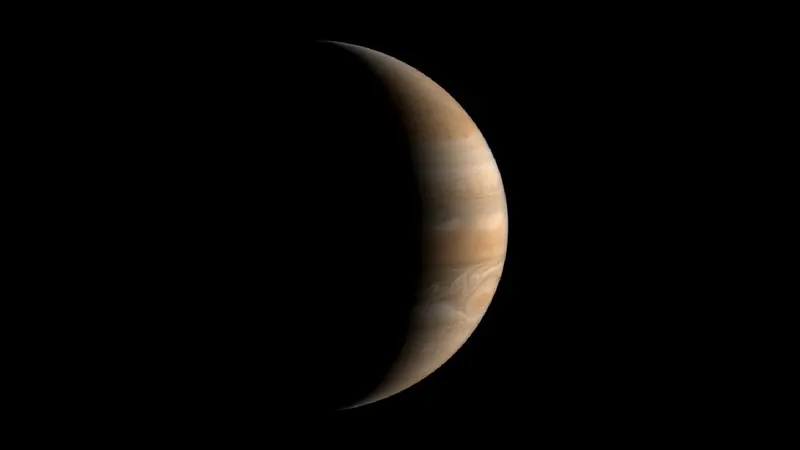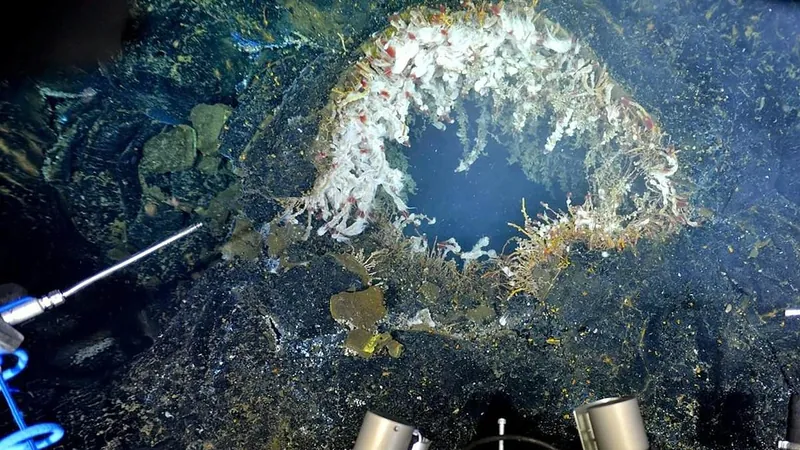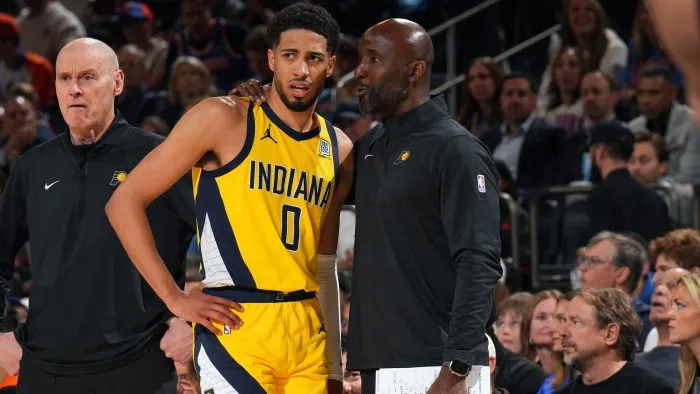
Shocking Discovery: How an Interstellar Visitor Altered the Orbits of Our Solar System's Giants!
2025-01-19
Author: Ming
A Groundbreaking Study
A groundbreaking study has revealed that a massive object from another star system may have dramatically reshaped the orbits of the four outer planets—Jupiter, Saturn, Uranus, and Neptune—forever altering the structure of our cosmic neighborhood. This intriguing idea brings new insights into the longstanding mystery of why these planets deviate from the theoretically expected circular paths.
The Mystery of Planetary Orbits
For centuries, scientists have wrestled with the formation of planets in our solar system. Traditional models depict them orbiting the sun in neat circles on a shared plane, but nature didn’t follow the script. Instead, all eight planets, including Earth, exhibit paths that are far from perfect; their orbits are neither circular nor perfectly aligned. Among them, Mercury has the most distorted orbit, making the outer planets’ deviations seem minor but still perplexing to astronomers.
Challenges in Theoretical Astrophysics
Renu Malhotra, a planetary scientist at the University of Arizona and co-author of the study, expressed the long-standing challenge: “The puzzle for theoretical astrophysics has been understanding how orbits became slightly out-of-round and tilted.” While prior research pointed to interactions among planets, Malhotra indicated that these explanations often fall short of accounting for the specific intricacies of observed orbits.
Investigating the Interstellar Visitor
To unlock this cosmic mystery, Malhotra and her team explored a less conventional idea: the possibility of an interstellar object, comparable to a small star, passing through our solar system around 4 billion years ago. Their innovative approach utilized extensive computer modeling—running over 50,000 simulations of potential flybys—taking into account factors such as mass, speed, and proximity to the sun.
Simulation Success
Intriguingly, their findings revealed that in about 1% of these simulations, the interstellar visitor successfully altered the orbits of the giant planets to resemble their current conditions. Remarkably, these hypothetical visitors were not massive stars, but rather smaller objects ranging from two to 50 times the mass of Jupiter, with trajectories that brought them close enough to disrupt the planetary dynamics.
The Most Impactful Encounter
The most successful simulation involved a visitor — a massive object eight times the mass of Jupiter — passing just 1.69 astronomical units (AU) from the sun, which is notably close to Mars' current distance of 1.5 AU. This highlights not only how infrequent yet momentous such encounters can be but also suggests that substellar objects, often referred to as “failed stars” or brown dwarfs, may frequently wander through our galactic neighborhood.
Implications for Cosmology
What could this mean for our understanding of the cosmos? The implications are vast! If encounters with substellar bodies are common, could they have sculpted other solar systems as well? How does this change our perspective on planet formation and the stability of planetary orbits?
Looking to the Future
These revelations open the door to further inquiries into our planet's cosmic history and the dynamic interplay of celestial bodies. Scientists are left pondering: how many more secrets does the universe hold, waiting to be uncovered? Keep your eyes peeled, as new findings could be just around the corner!



 Brasil (PT)
Brasil (PT)
 Canada (EN)
Canada (EN)
 Chile (ES)
Chile (ES)
 Česko (CS)
Česko (CS)
 대한민국 (KO)
대한민국 (KO)
 España (ES)
España (ES)
 France (FR)
France (FR)
 Hong Kong (EN)
Hong Kong (EN)
 Italia (IT)
Italia (IT)
 日本 (JA)
日本 (JA)
 Magyarország (HU)
Magyarország (HU)
 Norge (NO)
Norge (NO)
 Polska (PL)
Polska (PL)
 Schweiz (DE)
Schweiz (DE)
 Singapore (EN)
Singapore (EN)
 Sverige (SV)
Sverige (SV)
 Suomi (FI)
Suomi (FI)
 Türkiye (TR)
Türkiye (TR)
 الإمارات العربية المتحدة (AR)
الإمارات العربية المتحدة (AR)